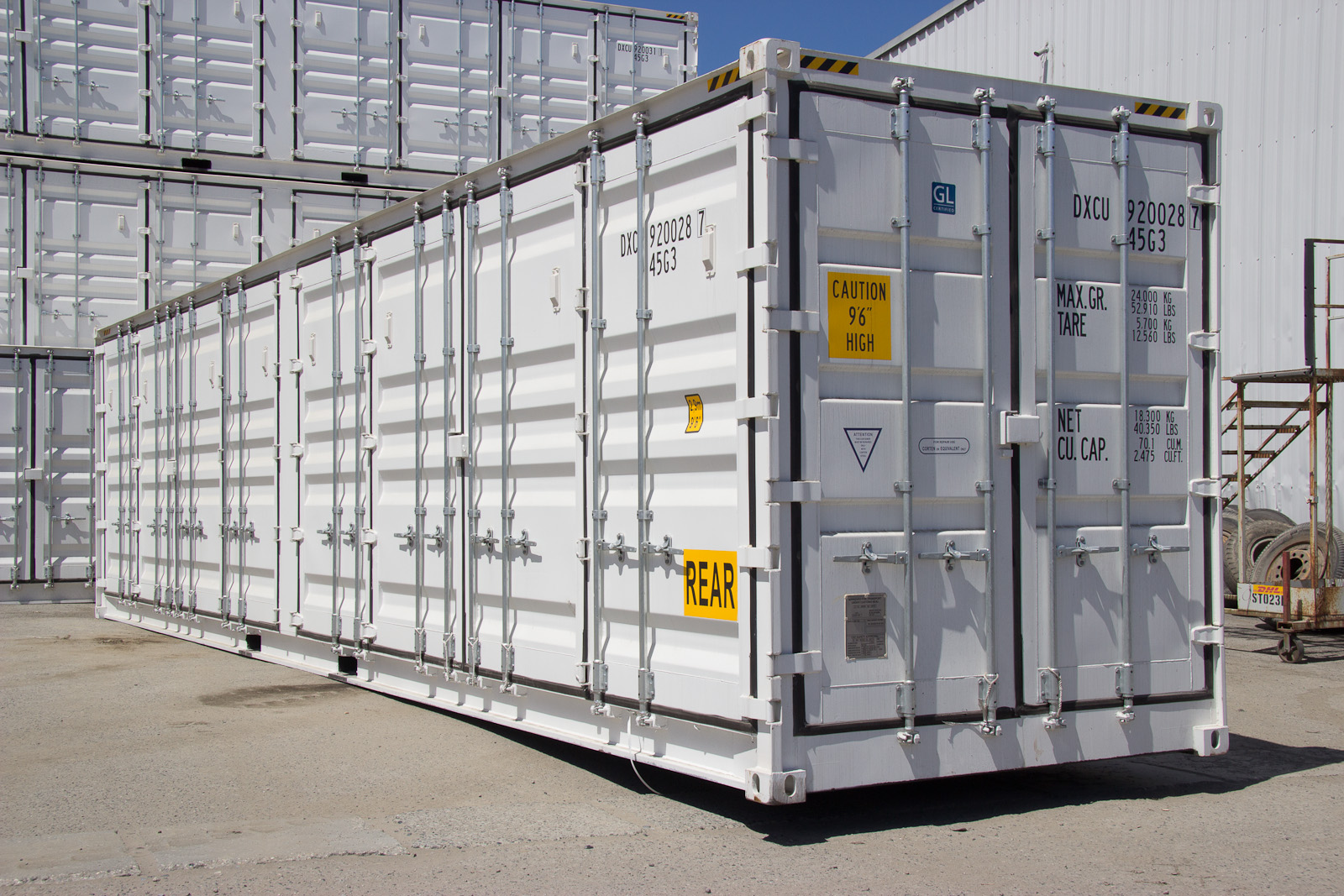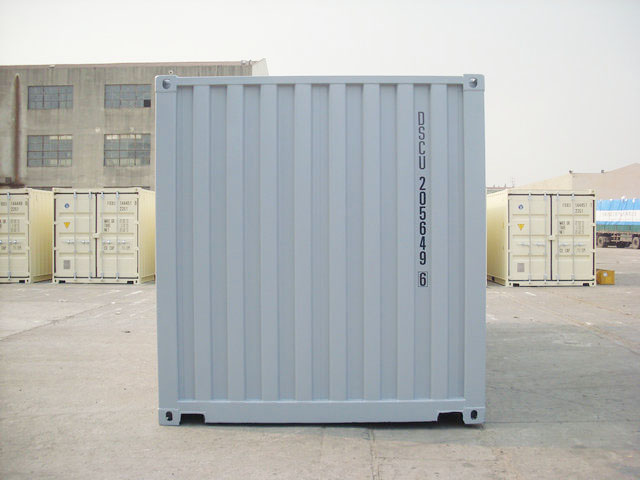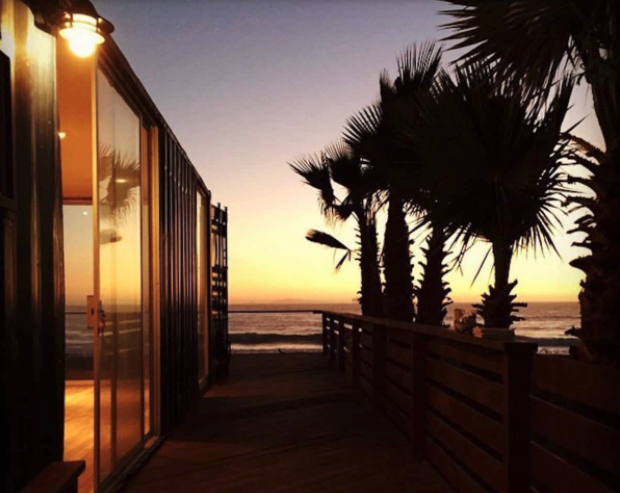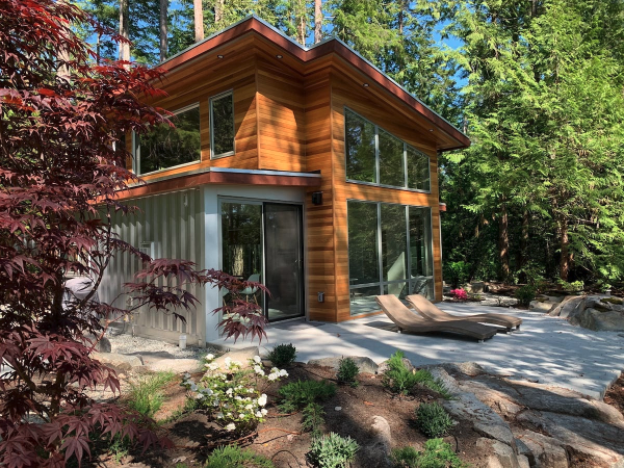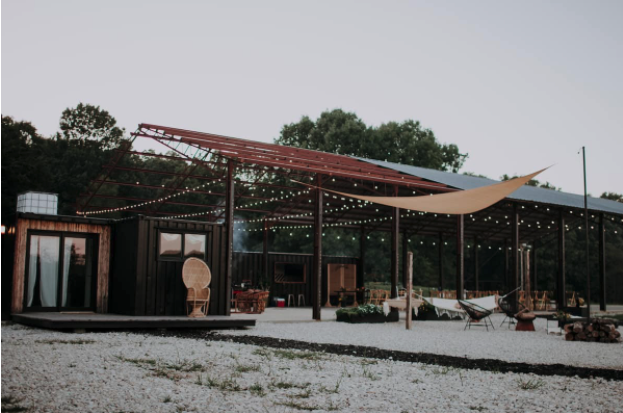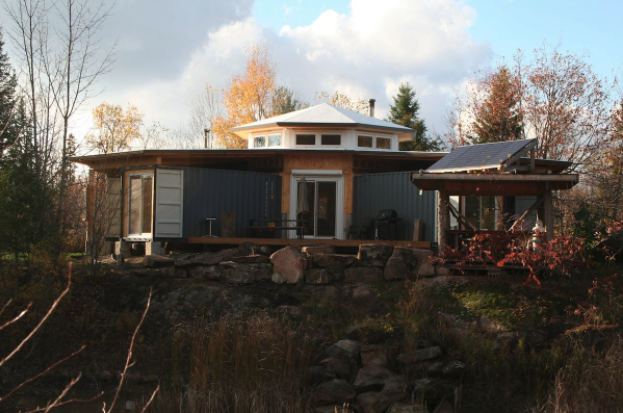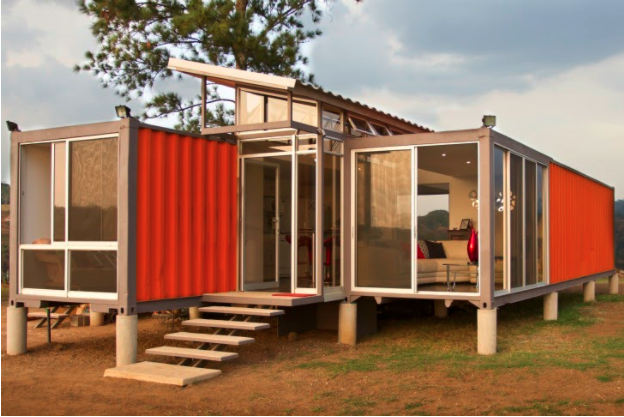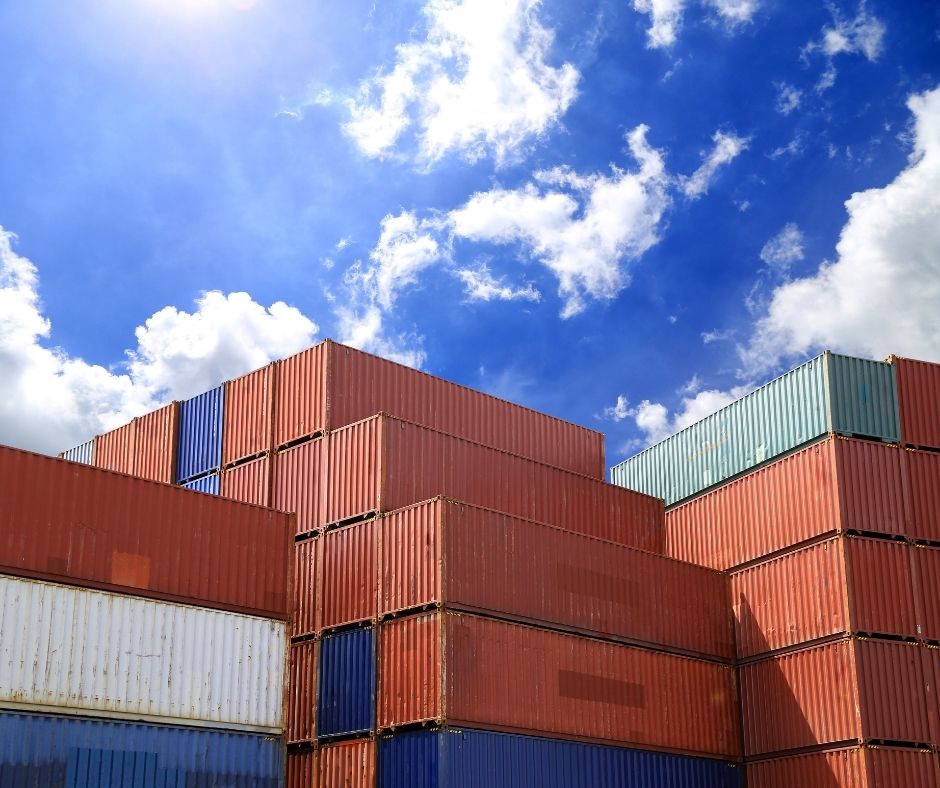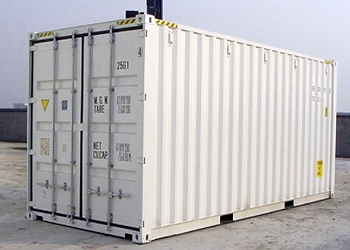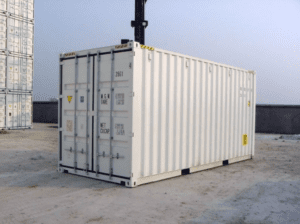Shipping containers are an affordable and effective solution for personal storage and business storage. Personal use of shipping containers can include somewhere to park your seasonal vehicle or a place to store your equipment to make more room in your garage. Businesses also use containers for additional storage for inventory or a place to put equipment for a job site. Practical uses of winter storage containers are great for protecting whatever you decide to store from the cold winters.
In this blog, we will take a look at 6 tips for winter storage in portable containers. Make sure that the items you are storing don’t get damaged from moisture over the winter season. You have spent good money purchasing this container, it is important to make sure you take care of your portable storage containers maintenance during the winter to protect your investment. Knowing how to maintenance the shipping container in the winter is crucial to prolonging the lifespan of your container, which is exactly why we wanted to provide you with the important tips you need to know!
Why is the Maintenance of a Shipping Container During the Winter Important?
When shipping containers during the winter are correctly maintained, they can last a very long time. We recommend maintaining your container two times per year, once for the winter season when the temperatures are much cooler, and your container will be sitting in rain or snow and again in the summer months when the weather is warmer. This is important to ensure that your shipping container is ready for all the elements the year ahead has to bring. Here are some tips on shipping container maintenance during the winter season.
6 Tips for Shipping Container Maintenance During Winter
1. Inspect the Container Roof
The first tip for sea can maintenance during the winter is to inspect the container roof. This is important because the top is not constructed to be load bearing. Sweep of the roof and remove any dirt and debris. You will also want to check for any rust that needs attention.
2. Inspect, Remove and Treat Areas with Heavier Rust
Shipping containers are designed to handle rust, and almost all used shipping containers will have rust, but it is important to treat heavier rusted areas. To treat large rust areas, you will first use a wire brush on the area, followed by sandpaper. Once the rusted area has been removed, use vinegar to clean the area. When the area is dry, apply marine grade paint to cover the area.
3. Grease and Lubricate Doors
Check all the door gaskets and make sure the doors are closing properly so that no moisture can get inside. You can also have someone go inside the container while you close the door to identify any sources of light around the seals. If light can’t get in then neither can water.
Container seals should last between 10-15 years. To ensure that they have a long life, check your shipping container’s hinges and locking mechanisms and ensure they are working correctly. When you are doing sea cans maintenance during the winter, cleaning and lubricating the locking mechanisms and hinges is very important.
4. If You Have a Modified Container Check Modifications
If you have a modified shipping container maintenance in cold climates is even more important. Every time you cut a hole into a container, there is a higher chance of moisture getting in. Check all of the openings in the original containers such as windows, doors, a/c units for leakage. Ensure all of the windows and doors are closed and sealed correctly.
5. Ensure the Container is on a Level Surface
Shipping containers should always be on level ground, this is especially important during the winter season.
Having an unlevel container can lead to rust on the bottom of your container and issues with the floor. If you have an unlevel container during the winter months when the weather calls for snow and temperatures drop, your container could freeze to the ground or sink into the ground once the snow has melted and the ground is softer. Another issue that can occur if a container is not sitting level is that it can crack or twist over time, causing the doors to be very difficult to open and close. We suggest placing your container on concrete, stone, blacktop or wood blocks to prevent this from happening.
6. Remove Any Odours
Our last tip for winter storage in portable containers is to remove any odours. This is especially important in the winter season where the damp weather can bring out smells that may not have been noticeable during the hot summer months.
The easiest way to get rid of odours is to sprinkle coffee grounds throughout the container and wait 24-48 hours. You can then sweep the coffee grounds out and the odours should be gone.
Conclusion
Shipping containers are designed to withstand the harshest environments at sea and are made of heavy steel. Whether you are using your container for personal or business use, maintaining your shipping container properly is an effective way to ensure that your container stays strong for a long time.
Looking to purchase a new or used shipping container? Our containers are available in different sizes, colours and conditions. Want to add modifications or accessories to your container? We can help you with that too! But most importantly, we ensure that all of our shipping containers are available at the best prices.
Not sure what type or size container you need. Read our blog on What are the Main Types of Shipping Containers, or contact one of our sales representatives today to learn more about what Coast Containers can do for you.
Not quite ready to purchase a container, but would like to rent one? Our partner company Make Space Storage offers shipping container rentals at great prices!


